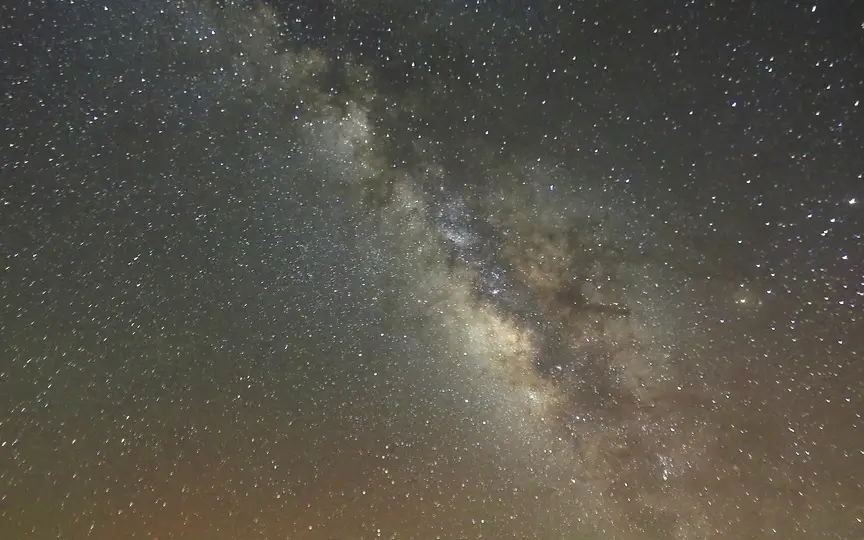Ancient Star Duos Shakti and Shiva Play Key Role in Milky Way Galaxy’s Creation Story
Recently, scientists have discovered two ancient streams of stars named Shakti and Shiva within the Milky Way Galaxy. This finding, made possible by data from the Gaia space telescope, offers insight into the galaxy’s early formation. It is believed that these star structures merged with the Milky Way approximately 12 billion years ago, providing important information about its early development.
Named after the Hindu deities, Shakti and Shiva are made up of stars with a similar chemical composition, suggesting that they formed around 12-13 billion years ago. Each structure has a mass of about 10 million times that of the Sun, highlighting their importance during the galaxy’s formative years.
This discovery is an important milestone in understanding the galaxy’s turbulent childhood.
Lead researcher Khyati Malhan from the Max Planck Institute for Astronomy emphasizes the importance of research in the fundamental questions of galaxy formation. The Milky Way, a huge spiral galaxy with billions of stars, has its roots in these primordial star structures.
Launched in 2013, Gaia played a key role in identifying Shakti and Shiva, utilizing its precise mapping capabilities to detect their presence. Located 30,000 light-years from the galactic center, these streams of stars provide valuable insights into the earliest stages of the Milky Way.
The research builds on previous observations, including the identification of the “poor old heart” of the Milky Way, another population of ancient stars in the galaxy’s core. The different composition of Shiva and Shakti, characterized by lower metallicity, sets them apart from other stars in the galaxy.
As scientists delve deeper into the Milky Way’s history, future Gaia studies promise to reveal its evolution since its inception more than 13 billion years ago. Malhan emphasizes the need for comprehensive studies to paint a clearer picture of the formation and evolution of the galaxy on its vast cosmic timeline.




